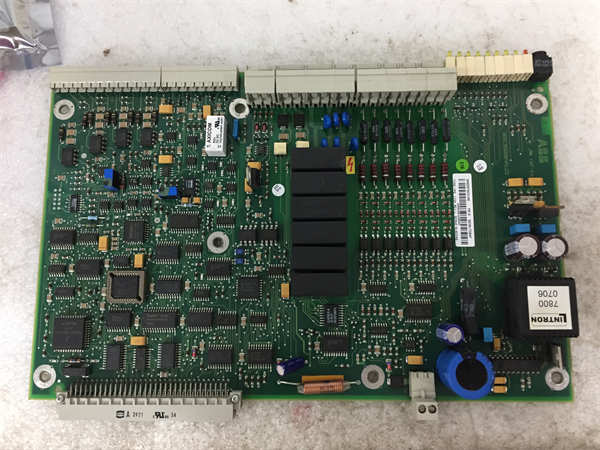
ABB YPQ110A
ABB YPQ110A Hybrid Input/Output Board Detailed Explanation
Product Overview
ABB YPQ110A is a hybrid input/output board that is typically integrated into ABB's drives or control systems. It integrates multiple functions such as digital input, digital output, and analog input, and is used to collect on-site signals, control execution components, and achieve various automation control tasks.
Product features and advantages
High integration: Integrating multiple I/O functions, saving space, and improving system reliability.
Flexible configuration: Module parameters can be easily configured through software tools to meet different application requirements.
High reliability: using industrial grade components to adapt to harsh industrial environments.
Modular design: easy to install and maintain.

YPQ110A
Product parameters and specifications
Due to the wide variety of YPQ110A series products, specific parameter specifications may vary depending on the model and configuration. Generally includes the following parameters:
Model: YPQ110A
Manufacturer: ABB
Type: Mixed Input/Output Board
Interface: Typically, internal buses are used to communicate with drivers or other modules in the control system
Number of input/output channels: Depending on the specific model
Input types: digital input, analog input
Output type: Digital output
Protection level: Depending on the application environment, it usually has a higher protection level
Working voltage: Depending on the specific model and application environment
Working temperature: Depending on the specific model and application environment
Size: Depending on the driver or control system model

YPQ110A
ABB YPQ110A
Product function and purpose
Signal acquisition: Collect digital and analog signals on site, such as switch status, temperature, pressure, etc.
Signal output: Control execution components such as motors, valves, etc.
Human computer interaction: Provide human-computer interaction interfaces to achieve control and monitoring of devices.
application area
Industrial automation: Used in various industrial automation systems to control and monitor equipment.
Process control: used to control equipment in the process industry, such as pumps, fans, etc.
Building automation: used to control equipment in building automation systems, such as lighting, air conditioning, etc.